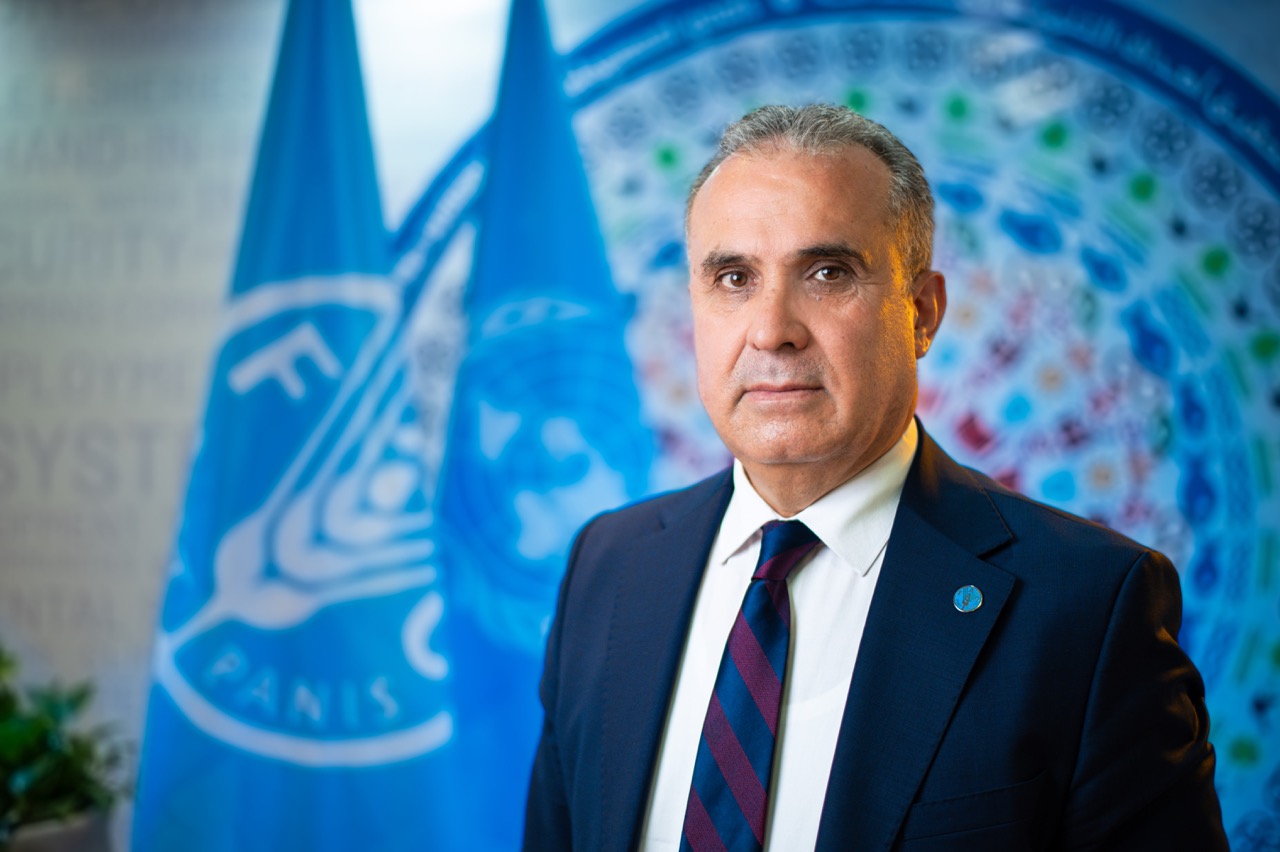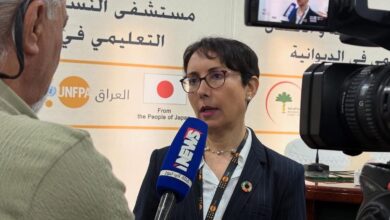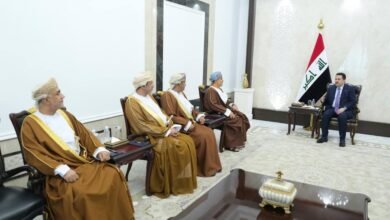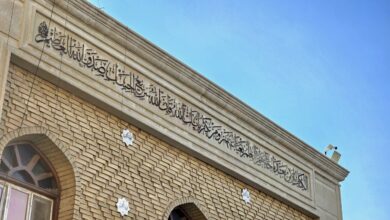As climate change poses an ever-growing threat to food security and agricultural sustainability, Iraq stands at a critical crossroads. With rising temperatures, shifting rainfall patterns, and increasing water scarcity, the agricultural sector faces unprecedented challenges. Dr. Salah El Hajj Hassan, the Food and Agriculture Organisation’s (FAO) Representative in Iraq, is at the forefront of addressing these pressing issues. He continues to work diligently in aligning the FAO’s initiatives with Iraq’s national priorities, emphasising the importance of climate resilience and sustainable practices. In this exclusive interview, he shares insights into the impacts of climate change on Iraq’s agriculture, the collaborative efforts underway to combat these challenges, and the vital role of international partnerships in securing a sustainable future for the nation.
How long have you been serving in this your current position as the FAO Representative in Iraq, and what key objectives have you prioritised during your time here?
I have been representing FAO in Iraq since July 2019, with a background of more than 25 years of research in policy, as well as different fields of agricultural work within the country and the region. Regarding priorities, we usually consider them within the framework that has already been agreed with the government. FAO has established a country programme framework (CPF), which involves continuous consultations with ministries such as Agriculture, Water Resources, and Environment, as well as other stakeholders, over a certain period before finalising the framework. This CPF involves projects be developed to answer and respond to the national priorities that have already been identified and agreed upon. This is one of the major references for us as an agency.
We also operate under a corporate framework with Iraq’s UN team, where an agreement is signed between the government and the team every five years. In addition, we usually consider the national development plan; the national priorities and strategies. We make sure that we are aligning our priorities according to the priorities of the government. Part of FAO’s mandate is to support our government, national governments and governments in general, according to the priorities set. For that reason, every two years, we have what is known as a ‘regional conference’ in which the regional priorities are identified and agreed upon.
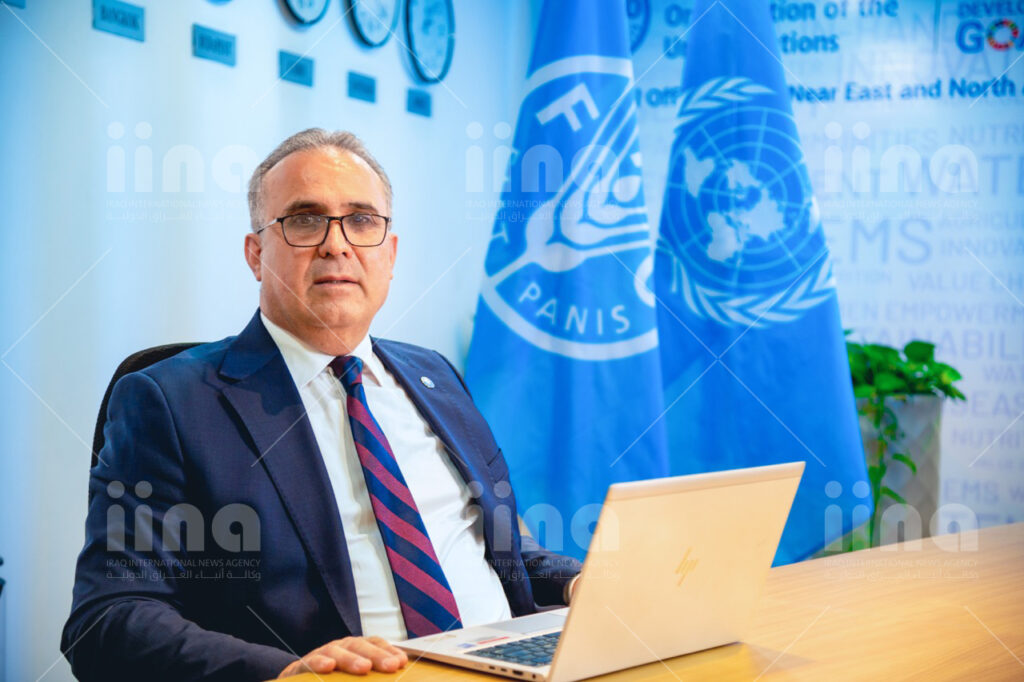
Beyond the current cleanup campaign, how does FAO plan to address the long-term effects of climate change on Iraq’s marshes?
From a policy perspective, the framework that I have been mentioning is supposed to address the different priorities including climate change. It is one of the major priorities that have been impacting several sectors from the environment, agriculture, livelihood, etc. FAO has already been engaged in supporting this sector on the field. That has been through more than one project. There is a big project funded by our partners in the EU, another one from SIDA, Canada and Norway. These projects have brought about the capacities to address very important practices related to climate change and reducing the impact of climate change on very important sectors like water and agriculture.
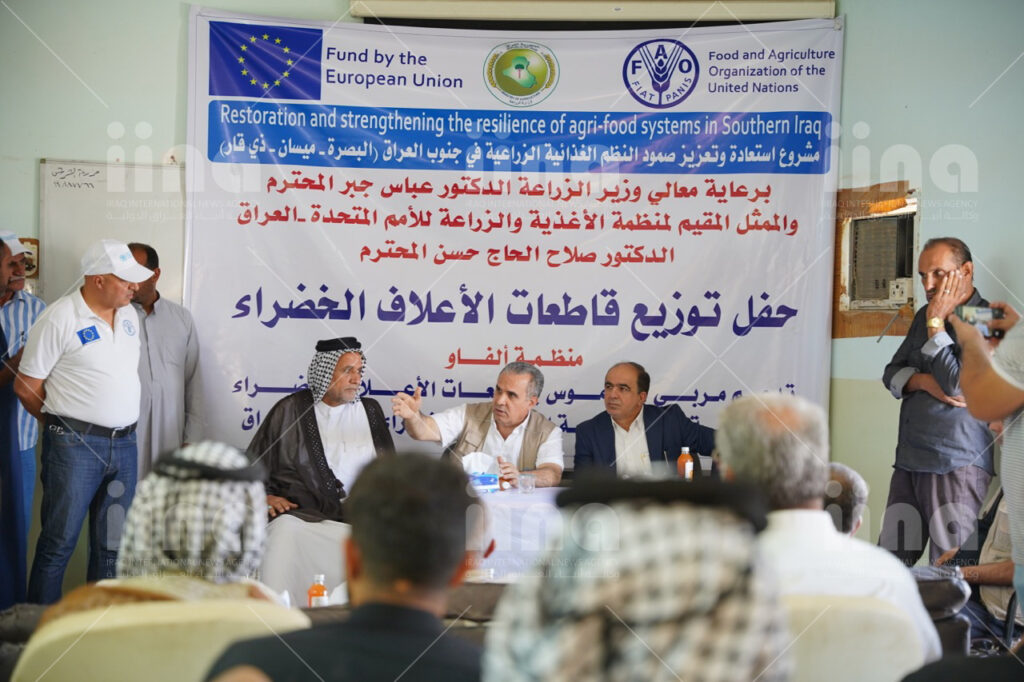
As an example, FAO has been approaching the development of the major value chains in the south that are prioritised by the government, which are dairy, date palm, rice and vegetables especially tomatoes. They are identified by the government as major value chains. We have been supporting each value chain through different steps, activities and interventions that would reduce pollution and the environmental impact. We have also been supporting the livelihood of people that depend largely on agriculture, especially when it comes to marshes. Two years ago, we have addressed an official and global call for everyone to support farmers. We reached more than 5,000 farmers in the marshes supporting them in different ways related to food and other things. The government responded and they have dedicated 5 billion Iraqi dinars for the support that is being implemented.
The support agreed upon with the EU, along with additional funding from Canadian and Swedish bodies, has significantly contributed to the implementation of innovative practices. These practices are aimed at helping sectors and households, particularly those traditionally reliant on various forms of agriculture for their livelihoods, to adapt to the impacts of climate change. In addressing the relationship between buffalo breeders and water resources, various interventions have been implemented. Sustainability measures have been introduced to encourage people to remain in their communities and improve their livelihoods. This has been achieved by offering a wide range of options, particularly regarding crop selection and enhanced water management practices. Currently, we are also developing an integrated approach that connects energy, water, food, and biodiversity to serve as a model for reducing pollution and supporting communities affected by climate change. There are many targeted areas, sites where we have implemented better land and water use that have been proven to be successful.
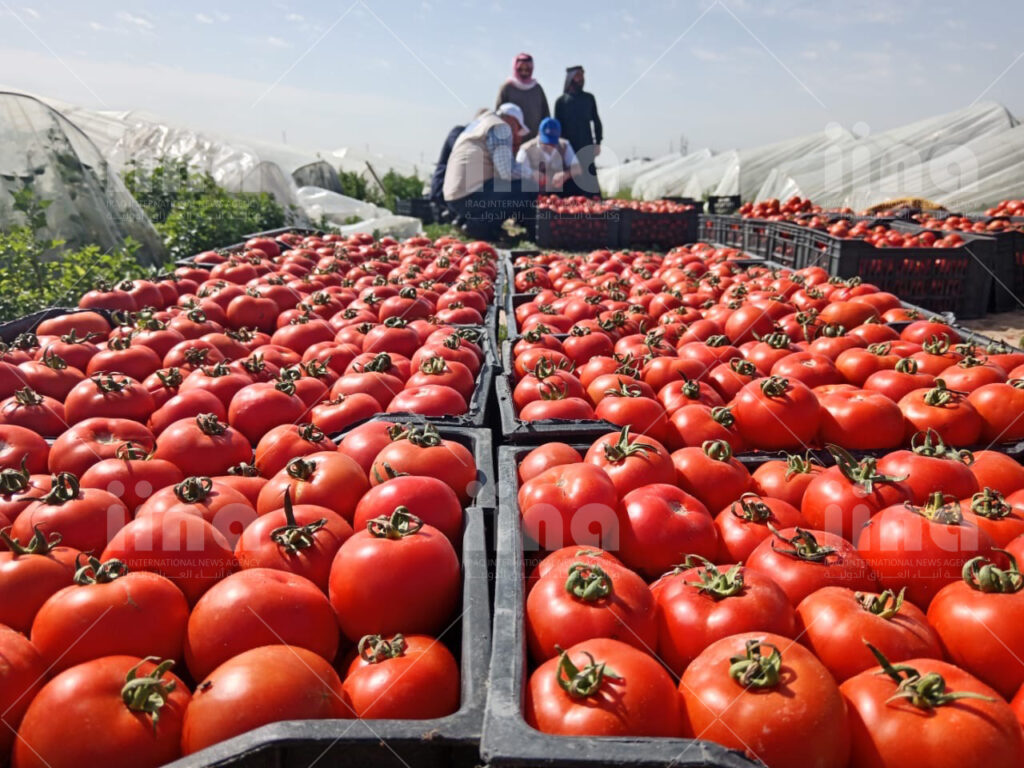
Iraq shares water resources with neighbouring countries. How is FAO working with the Iraqi government to address the regional dimension of water scarcity?
Let me highlight something important. This question is always repeated. Within the regional context, as I said, FAO was the first UN agency to conduct a regional conference in Iraq two years ago, where priorities like water, climate change, food security were on the table of discussions. More than eleven Ministers of Agriculture from the region attended the conference, besides other high-level officials. This is another platform where FAO works with the governments from the region. They discuss and bring about what is related to the challenges, as well as coordinate and collaborate. This is from the UN. On the other hand, we are talking about how to improve water usage and water use efficiency on the field level and farm level. I will give an example. FAO has implemented the North Al-Jazeera Project, which has brought back thousands of people to come back to agriculture because all of the affected canals, bridges, pumping stations have been rehabilitated. The improvement of on-farm practices, in terms of farmers training and introducing new technologies, have proven to be an effective way to improve water efficiency at the farm level, allowing the same amount of water to be used more efficiently.
I’ll give another example. Rice is a water-intensive crop, and we have partnered with the Ministry of Agriculture and local governments to address this. We have already implemented several hectares of transplanted rice instead of using direct seeding, which is the traditional method. This approach has resulted in a 25% reduction in water use, especially during the first 45 days of the growing season. In addition, it has helped reduce pesticide use and labour costs while improving productivity. Now, we are focusing on scaling this method to cover larger areas. Enhancing water use and efficiency at the farm level will contribute significantly to addressing these challenges from various perspectives. We must also recognise that climate change has local, regional, and global impacts. Water scarcity, due to factors like reduced rainfall, higher temperatures, and increased sandstorms, is another critical issue affecting Iraq, given its geographical position. Iraq has already been identified as one of the countries most impacted by climate change globally.
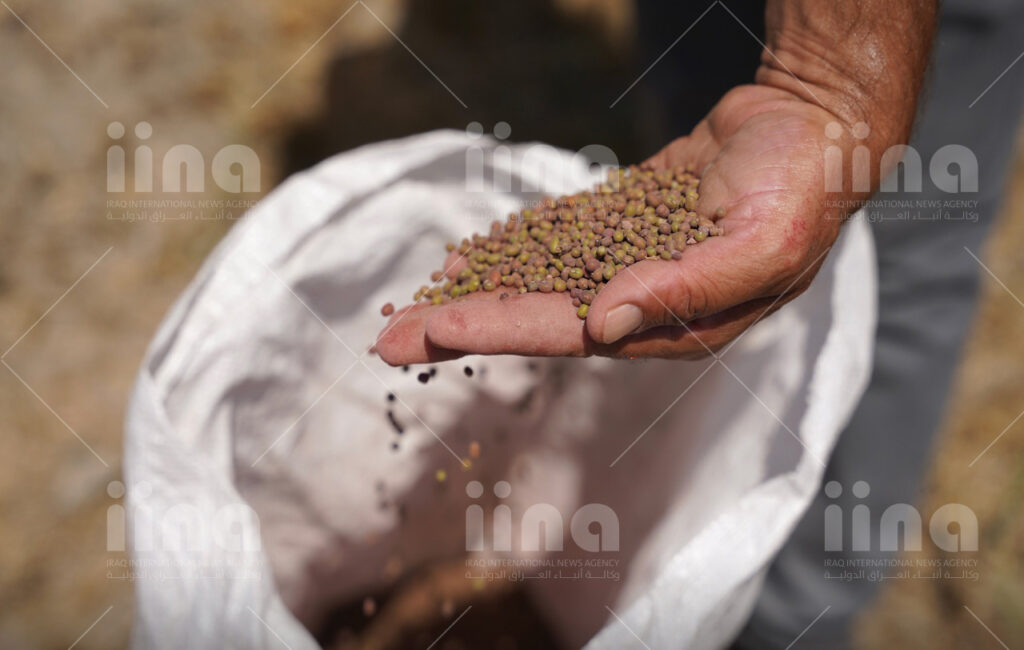
How does FAO involve local communities, such as farmers and fishermen, in its climate resilience projects, and what are the key challenges in implementing these initiatives?
Thank you for the question, as it is a very important aspect of how we implement projects. Whenever we start a project, we begin with an assessment, which we call a ‘Rapid Lead Assessment,’ irrespective of what has been initially planned. For example, in three governorates in southern Basrah, we assessed thousands of households. This assessment provides us with detailed information on each household’s social, technical, and other challenges. This helps us understand what is limited in terms of interventions and what is connected to the production sector. It is also a way to identify potential beneficiaries, ensuring that we target support to farmers who meet the priority criteria. This is crucial because we often have limited resources, while the needs are vast.
Based on this, we engage local households and governments to present the findings of the Rapid Lead Assessment. We aim to bring all stakeholders to the table, share our plans based on their input, and then proceed from there. FAO has extensive global experience in addressing priority issues, which are similarly tackled in other countries. By involving local communities in the decision-making process, we ensure they are part of both the planning and the receiving of the interventions that follow.
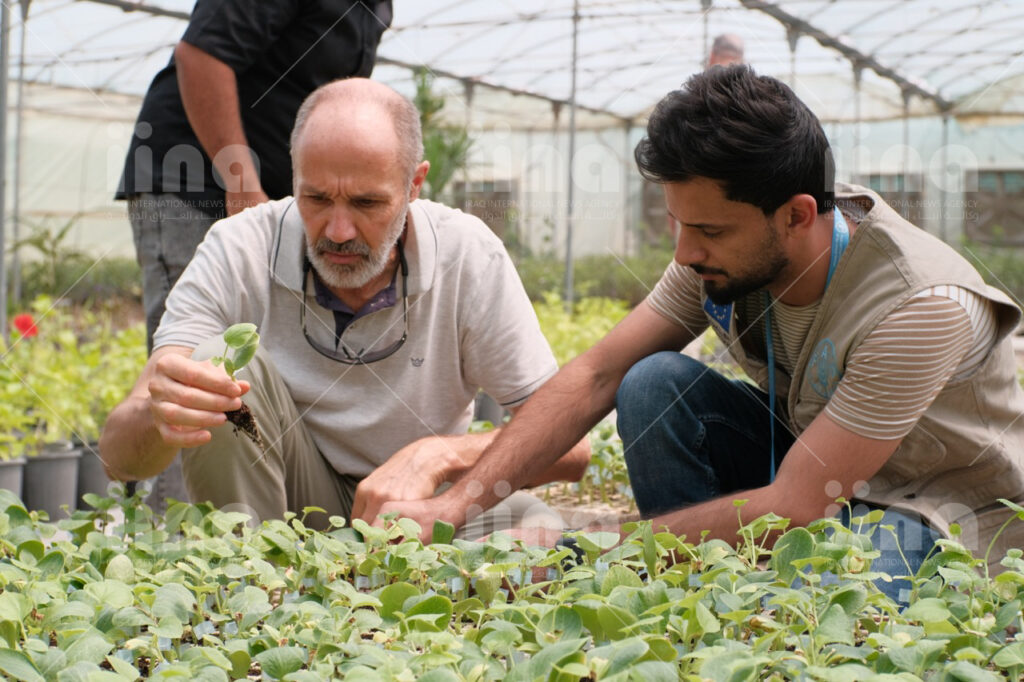
What role do international organisations play in supporting FAO’s climate change initiatives in Iraq? Are there any potential new partnerships for the future?
We have five priority groups, and the fourth group focuses on climate change, water, agriculture, and related areas. In this context, we collaborate with other agencies such as UNDP, WFP, and UNICEF. Together, we discuss our priorities, explore complementary actions, and identify potential collaborations – considerations that are crucial for effective implementation. In addition, FAO and the Ministry of Agriculture co-host a donor group dedicated to water and agriculture, which brings together all stakeholders, including national and international ministries, NGOs, and donors. This initiative involves mapping all interventions undertaken by various stakeholders and planning future projects for implementation. The coordination and partnerships with these agencies enable us to leverage each other’s strengths effectively.
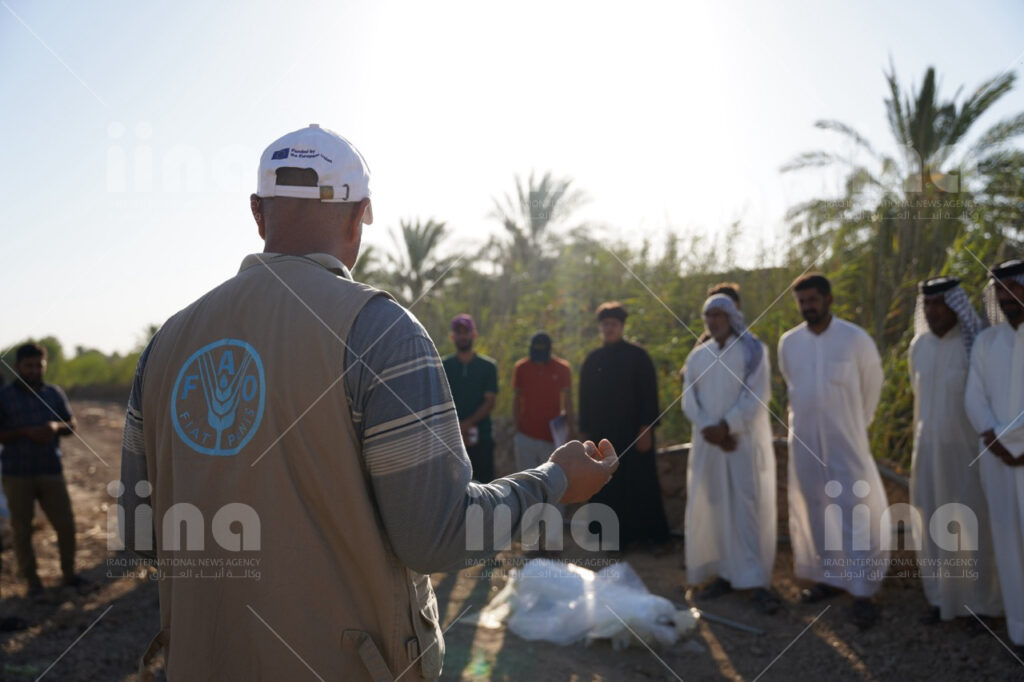
Looking ahead, what are FAO’s main priorities for Iraq over the next few years, especially in combating climate change and ensuring sustainable agricultural practices?
In the coming weeks, we will be formulating the country framework for the next five years in Iraq. FAO is a vital part of the team that has developed the corporate framework. Our mandate and commitment are to support the government, and this support must align with the priorities set by the government. It is essential to highlight the real partnership we have established with this government, particularly in addressing climate change. This commitment was evident during the Climate Change Conference held in Basrah approximately a year and a half ago, where the government took the recommendations seriously. For instance, we had some requests related to, as mentioned earlier, rice plantation and the use of certain equipment that has already shown positive effects
Our approach has always involved direct collaboration with the government, particularly with the ministries of Agriculture, Water Resources, Environment, and others. This partnership is crucial for ensuring the sustainability of our engagement with the government. Lastly, we emphasise exit strategies that will maintain the experiences and resources within national counterparts after any project ends. This approach has proven successful and has been recognised by the government. We can see the difference now, as there are national experts actively working at various levels. They are engaged with us on different projects or collaborating with the government and private sector, mobilising resources to meet national objectives.
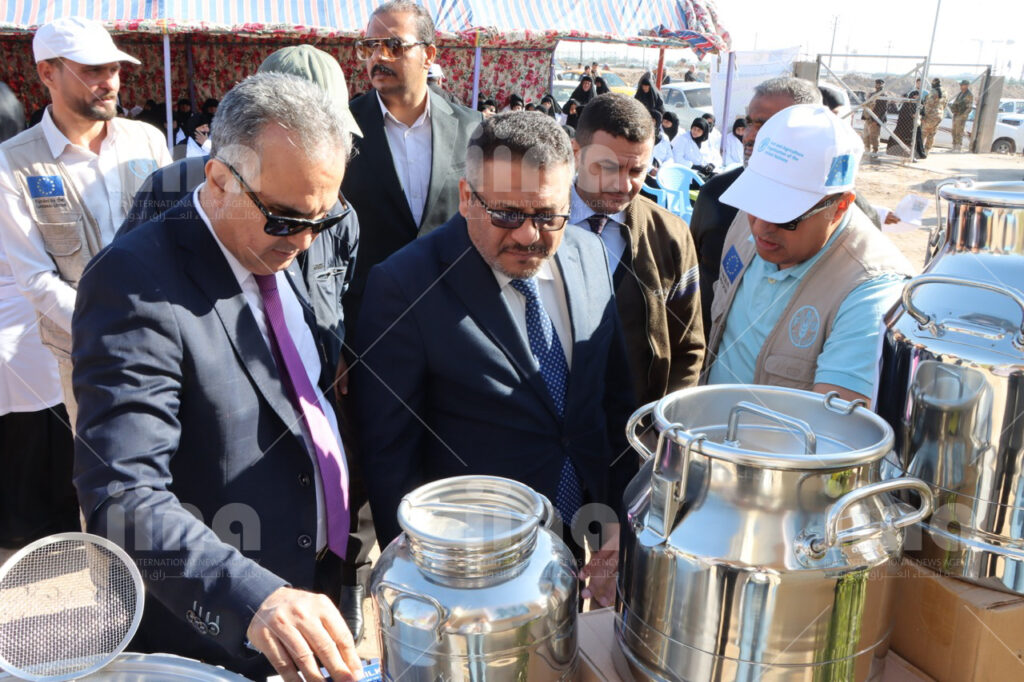
- Published: 8th October, 2024
- Location: Baghdad
- Country: Iraq
- Editor: Justyna Wojtowicz
- Category: Environment

